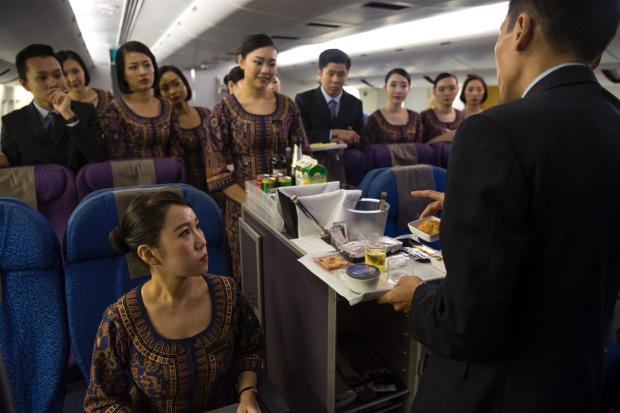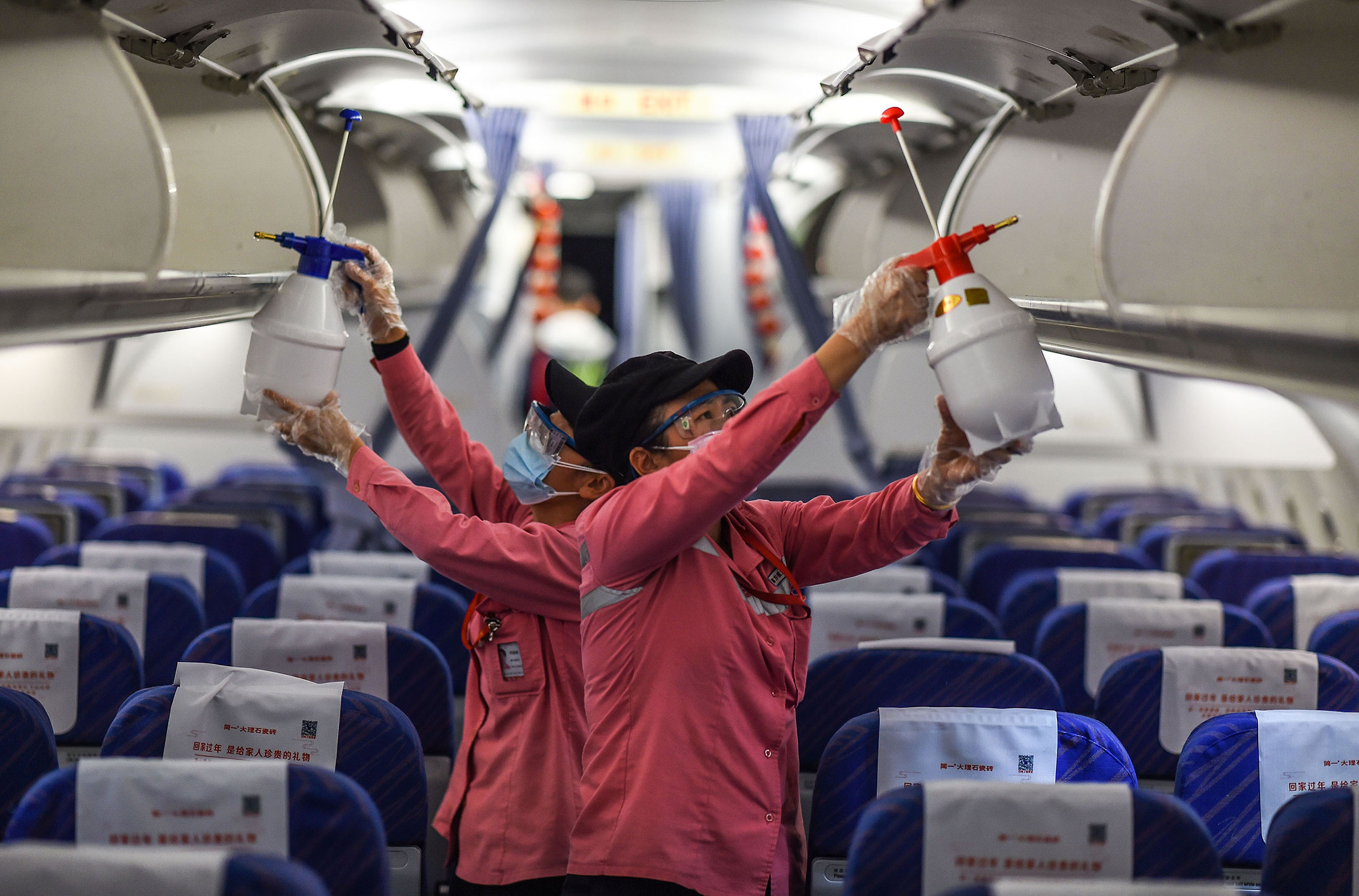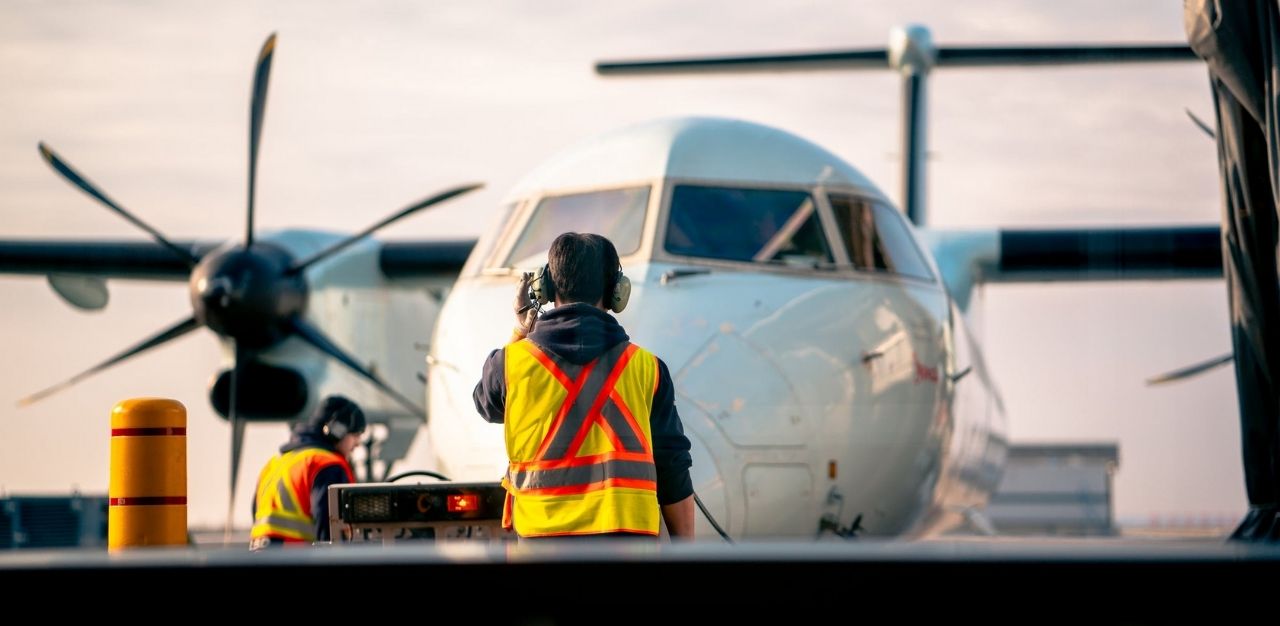Fill Me In
Needless to say, COVID-19 has left the airline industry in turbulence. From travellers’ perspectives, the beginning of COVID-19 might have meant a cancellation of travelling plans, with a global clamping down on cross-border travel. Travellers between Singapore and Hong Kong have also had their hopes dashed, with a halt of the Singapore-Hong Kong travel bubble, initially meant to commence in November last year.
Despite travel bans affecting airlines across the globe, it’s almost bizarre that there were more deaths caused from commercial plane crashes in 2020 than there were in 2019. Dutch aviation consultancy To70 reported that 299 people died in commercial plane crashes in 2020, whereas the casualty number in 2019 was 257.
However, the company noted that traffic levels need not necessarily correlate with the number of accidents, with 2020’s fatal accident rate being mostly similar to that of the last ten years, on average. One can only hope that the statistics for 2021 will bode better.
In 2021, the aviation industry might be recovering from skills fade
Aircrew members, whether pilots or air hostesses, have always been particularly known for their extreme vigilance and the ability to react to precarious situations very quickly. But the fundamentals of safe flights also lie in practice, and being off the job too long could lead to an industry-wide skills fade.

To70 said that COVID-19 had impacted the personal and operational well-being of many staff who may have had fewer training opportunities over the last year. It was noted that training and appropriate skill refreshers would be crucial to ensuring safety in flying in 2021.
The firm also highlighted the numerous planes across the world that have been parked and dormant for months now, such as SIA’s 17 airplanes that were parked in Australia’s desert airport Alice Springs. These planes would require “special attention”, and warned that airport spaces which have been used as storage spaces would need to be properly maintained this year.
“The aviation industry needs to intensify its focus on the ensuring that the fundamentals of safe flight are properly addressed,” said To70, which expects a long wait for the aviation industry to return to 2019’s levels of air traffic, with the predicted year being 2024.
Behemoth airlines suffering and what it means
The choices that airlines make in 2021 will be integral to their financial recovery, which for the most part, seem relatively straightforward. In 2020, British low-cost airline EasyJet reported its first losses in 25 years, and the local Singapore Airlines has not only cut 4,300 jobs but also “expects to operate under 50% of [pre-COVID] capacity at the end of the financial year”.

In order to cut their losses, it looks like airlines will be flying to “wherever they can”. According to Graham Dunn, editor of FlightGlobal, traditional airlines might zoom in on routes to hub airports, while low-cost airlines might open up the map wherever they’re allowed to, with “point-to-point traffic”.
Speaking of larger traditional airlines, he said, “I think those secondary international routes, especially on long haul, won’t be coming back [in the short to medium term]. You’re much more likely to fly London Heathrow to New York JFK than Gatwick to a secondary US airport.”
And if you’re dreaming of sitting on a Dreamliner or an A380, you’re going to have your hopes dashed. In order for airlines to even break even, expect the use of smaller aircraft at much lower frequencies.
While these smaller aircraft might seem more environmentally friendly, the reduced passenger load might increase the carbon footprint of every individual passenger.
“And if the airline switches to a plane with fewer seats to fill them more easily, even if it’s full, it’ll end up less efficient. We’re polluting less at the moment overall, because the number of flights is reduced, and fewer people are traveling. But the single traveler is polluting more than before,” said Ascanio Vitale, an engineer and environmentalist.
Travel fare predictions for 2021 – not quite what you might be thinking
The lack of demand for airplanes may not necessarily mean lower fares this time around. According to travel booking app Hopper, business class fares in the United States have gone up by a whopping 70% for March departures this year, than in 2020. For economy flights, fares are up 18% year on year.

But that might just be a temporary measure. If airline ticket demands remain low, it will only be a matter of time before airlines begin to offer more attractive propositions in 2021. If traditional airline carriers begin to fight for passengers, bargains may resurface soon enough.
And with countries’ vaccination programs beginning to take effect by summer, we may begin to see more point-to-point flights, rather than flights routing via hubs. If you need more reasons to get vaccinated, there you have it.
Join the conversations on THG’s Facebook and Instagram, and get the latest updates via Telegram.




























